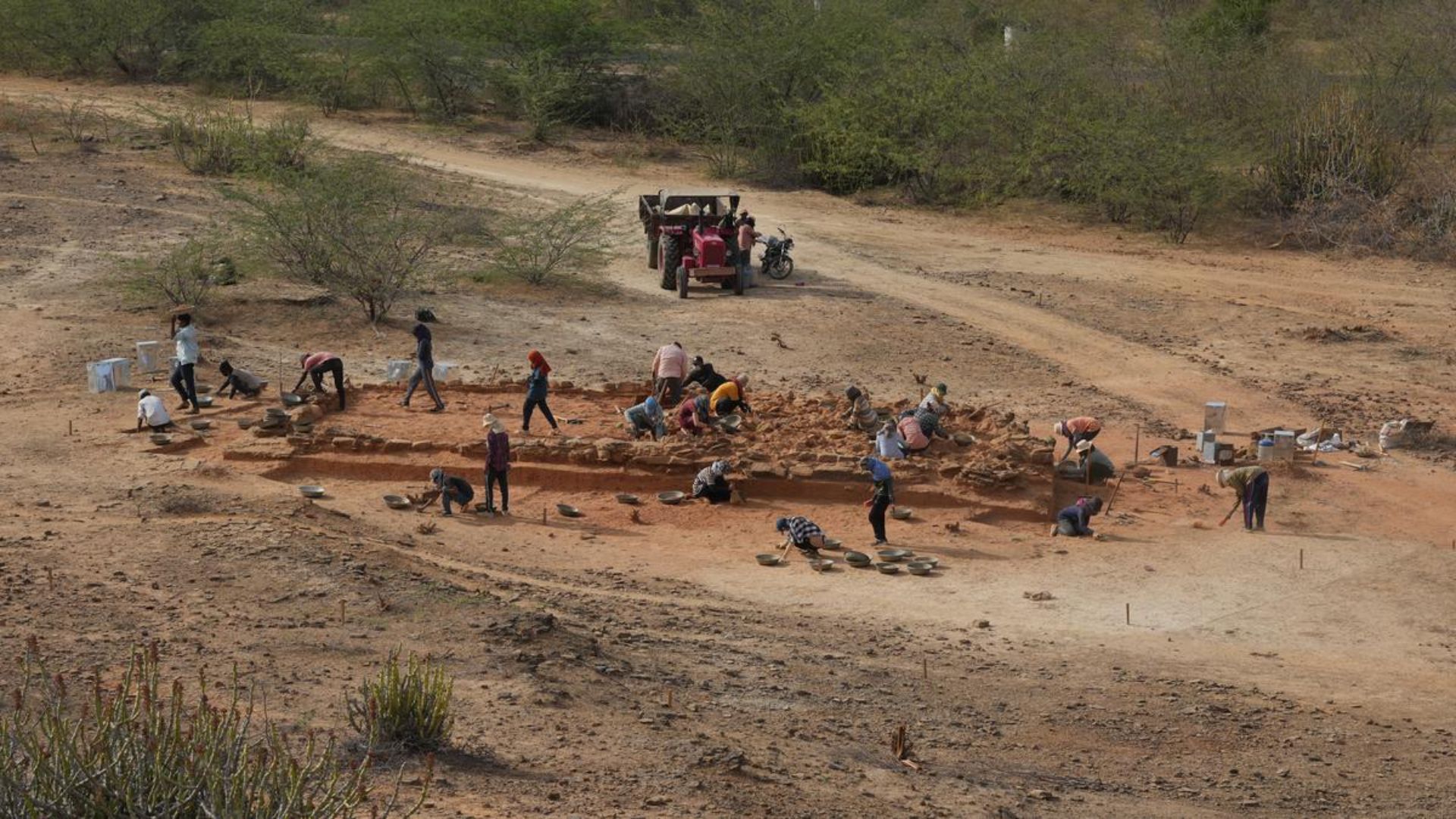The ancient Indus Valley civilization, known for its remarkable contributions to human history, continues to fascinate scholars and enthusiasts alike. Recent excavations conducted by archaeologists from Kerala University in collaboration with various institutions have unearthed significant evidence shedding light on an Early Harappan settlement in Kachchh district, Gujarat.
In a collaborative project, researchers led by assistant professors Abhayan G.S. and Rajesh S.V. from Kerala University made remarkable discoveries at Padta Bet, situated approximately 1.5 km away from the Early Harappan necropolis of Juna Khatiya in Gujarat. The excavation, conducted last month, revealed a 5,200-year-old Harappan settlement nestled on the slopes of a small hillock known locally as Padta Bet.
The archaeological findings at Padta Bet included remnants of circular and rectangular structures constructed from locally available sandstone and shales. These structures, along with pottery shards, artefacts, and animal bone fragments, offer valuable insights into the cultural evolution of the region spanning from the Early Harappan to Late Harappan periods, circa 3200 BCE to 1700 BCE.
Notably, the ceramics unearthed at the site represent a mix of familiar Harappan pottery types and unique local traditions, indicating the presence of previously unidentified pottery traditions within the Harappan civilization. Despite the eroded nature of some structural remains, the strategic location of Padta Bet atop a hillock overlooking a vast valley suggests its significance as a thriving settlement with access to water sources and natural resources.
The artefact assemblage recovered from the site includes semi-precious stone beads, terracotta spindle whorls, copper and lithic tools, grinding stones, and animal remains indicative of domestication and resource utilization practices. Collaborating institutions from India and abroad are actively involved in the ongoing research program, contributing to a deeper understanding of the rich cultural heritage preserved within the ancient Harappan settlements.

















